Instructional Series
This site will be closing soon as its content has moved to Tāhūrangi.
2024 titles are available on Tāhūrangi. Use the filters to find specific series.
Find Literacy resources at Tāhūrangi - Literacy.
Welcome to the English medium literacy instructional series teaching and learning resources for years 1 to 8.
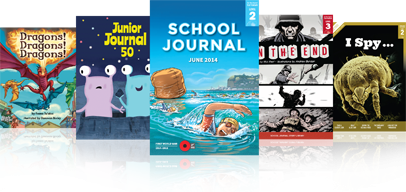
- Gold
- Purple
- Magenta
- Yellow
- 3
- 4
- 2
- 1
- 6
- 4
- 5
- 8
- 7
- 3
- 1
- English
- Social Sciences
- Science
- Health and Physical Education
- Technology
- Mathematics and Statistics
- The Arts
- Non-fiction
- Fiction
- None
- Nature of science
- Geometry and Measurement
- Living world
- Planet Earth and beyond
- Nature of technology
- Physical world
- Number and Algebra
- Statistics
- Technological knowledge
- Material world
- Technological practice
- Engage with science
- Gather and interpret data
- Interpret representations
- Use evidence
- Articles
- Stories
- Poems
Search results
166 items - Showing 1 - 10
-
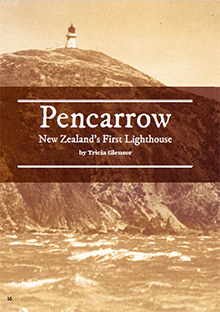
Pencarrow: New Zealand’s First Lighthouse
by Tricia Glensor
New Zealand’s coastline has always been a dangerous place for ships and boats. Early Māori knew that. Several traditional stories tell of waka being washed onto rocks in storms. Since the 1790s, when the first Pākehā reached New Zealand, more than 2,300 ships have been wrecked in New Zealand waters.
-
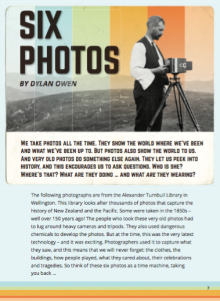
Six Photos
This is an article that gives readers a “peek into history”. It makes a link between what we know about taking photos and what we can find out from photos that show different times and places.
-
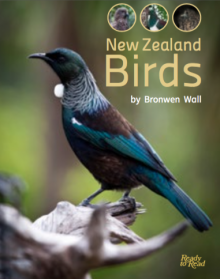
New Zealand Birds
by Bronwen Wall
This report describes the characteristics of some endemic New Zealand birds. As well as reading this book for interest or to support specific curriculum topics, you can use it to build students’ awareness of the features of non-fiction texts.
#LFH
Audio listing the names of each of the birds followed by its call is available below:
-
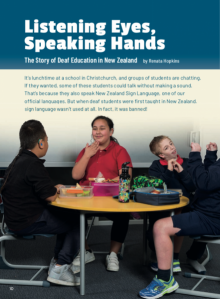
Listening Eyes, Speaking Hands: The Story of Deaf Education in New Zealand
by Renata Hopkins
This article explores how attitudes to deafness have changed over time. The article includes a social history of the van Asch Deaf Education centre, which opened in 1880.
-
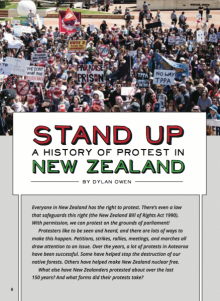
Stand Up: A History of Protest in New Zealand
by Dylan Owen
This article looks at a number of important social issues and significant events in New Zealand’s history, thematically linked around the idea of protest. The text is organised in chronological sequence from the passive resistance seen at Parihaka in 1881, through to the anti-TPPA protests in 2016.
-
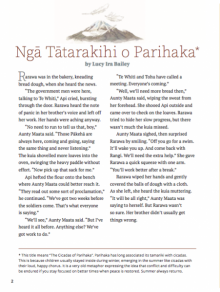
Ngā Tātarakihi o Parihaka
This story, set at Parihaka just prior to the government raid in 1881, is told from the perspective of a young girl who was living there. The author’s great-grandmother was living at Parihaka at that time, and the story is partially based on oral history.
-
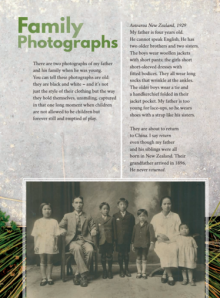
Family Photographs
by Alison Wong
In this prose poem, the poet reflects on two old photographs that show her father at different ages. In one, her father was four years old and was living in New Zealand with his family. By the time of the second photo, the family had gone back to China and there are two more children. Both photos show his siblings, and the clothes they wear reflect the styles of the two very different countries.
-
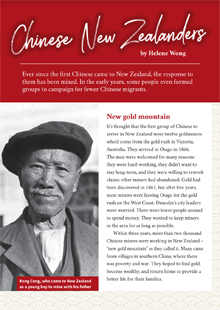
Chinese New Zealanders
by Helene Wong
"Chinese New Zealanders" provides an overview of migration to Aotearoa New Zealand from the 1860s until the present day. The article outlines push-and-pull factors that contributed to various waves of migration, how Pākehā New Zealanders responded to these waves, and adaptations made by Chinese migrants as they adjusted to their new home.
-
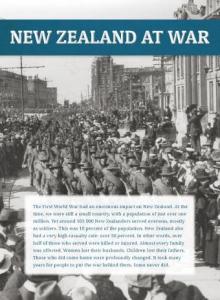
New Zealand at War
A timeline of the First World War
-
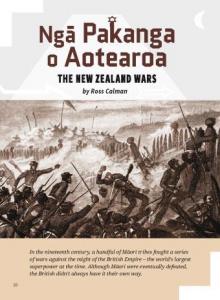
Ngā Pakanga o Aotearoa/The New Zealand Wars
by Ross Calman
“The New Zealand Wars” describes the wars fought between 1845 and 1872. The wars were about who controlled the country and who owned the land. This long and fascinating article explains the circumstances of the wars, including the areas and tribes involved. There are good general descriptions of the main confrontations and key players, both Māori and British. The text is written by a Māori author who presents a balanced account of the wars and their impacts.








 Literacy Online home
Literacy Online home
